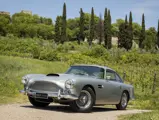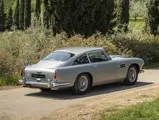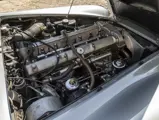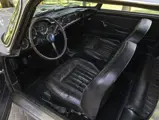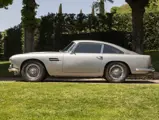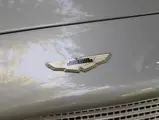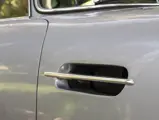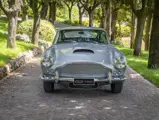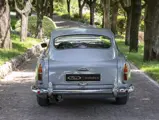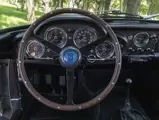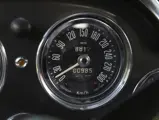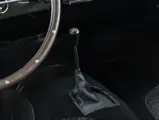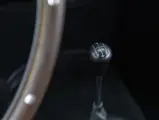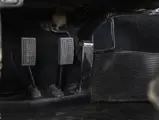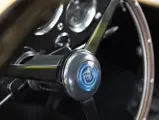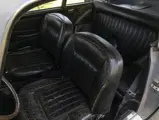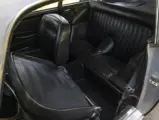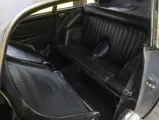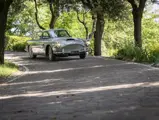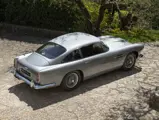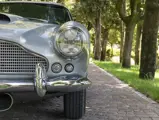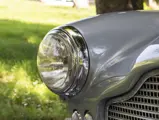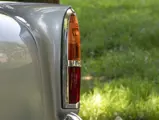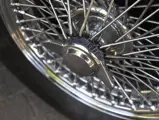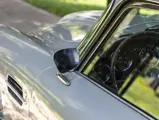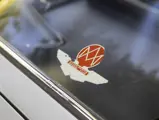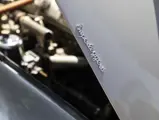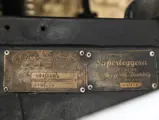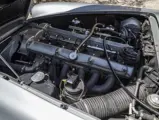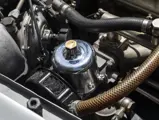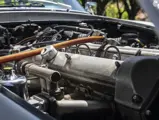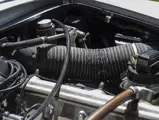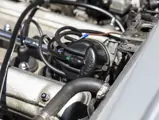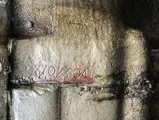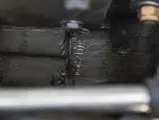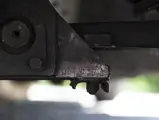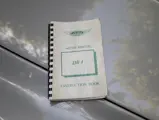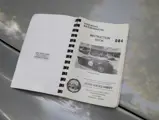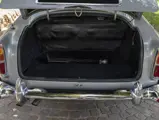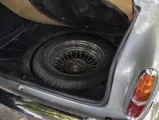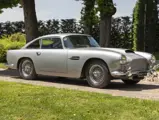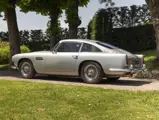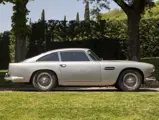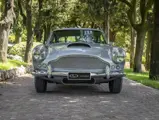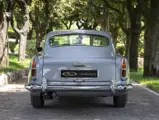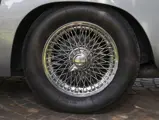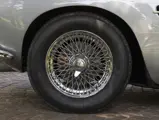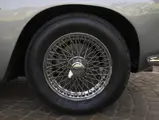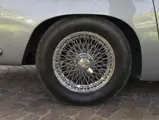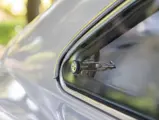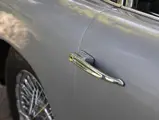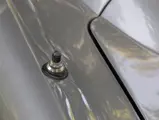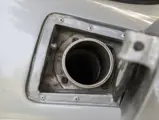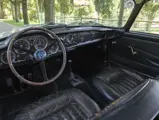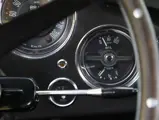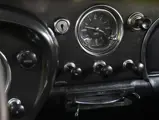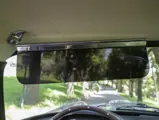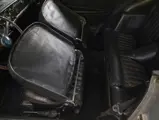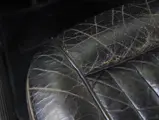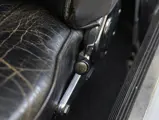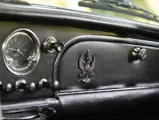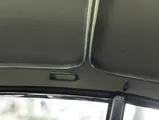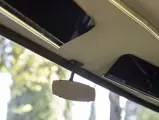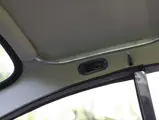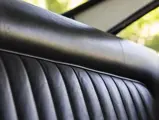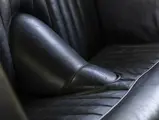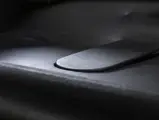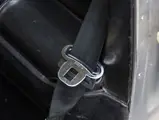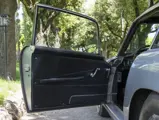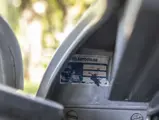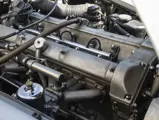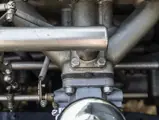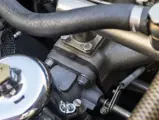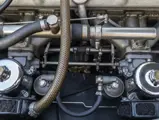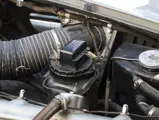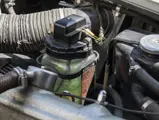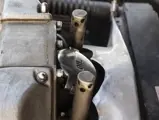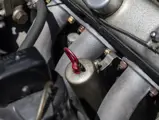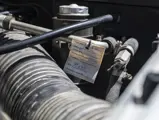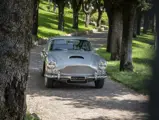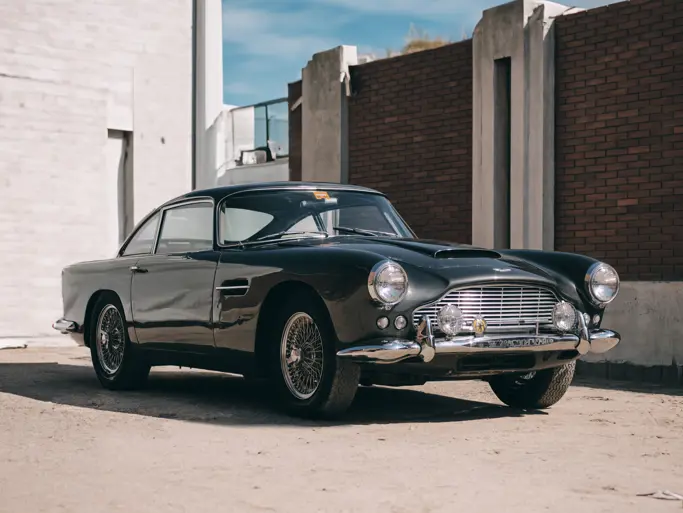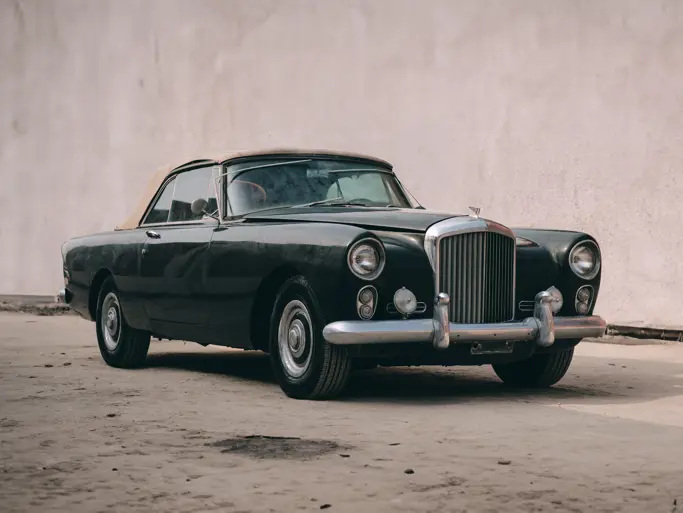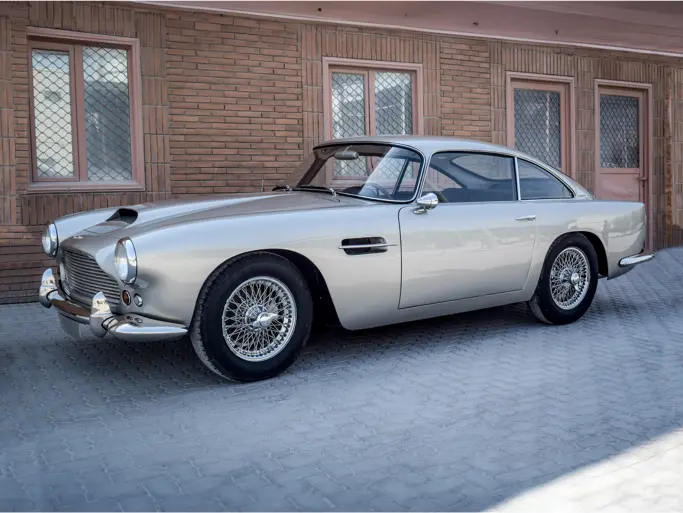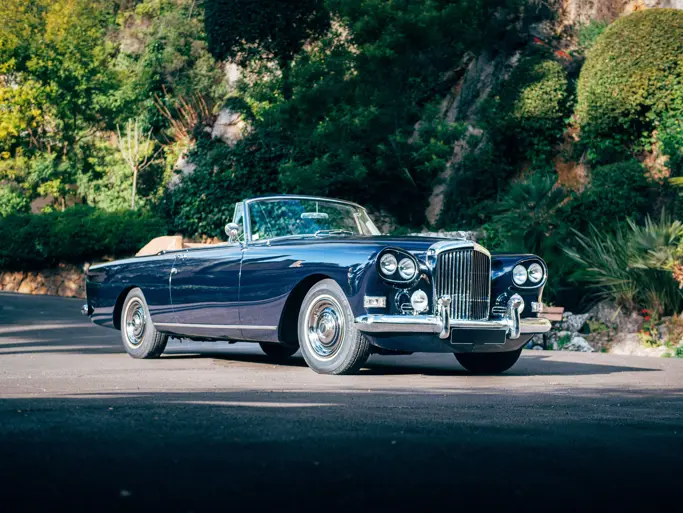Milan
1960 Aston Martin DB4 Series II
{{lr.item.text}}
€455,000 EUR | Sold
 | Milano, Italy
| Milano, Italy
{{internetCurrentBid}}
{{internetTimeLeft}}

- One of 349 Series II DB4s; rare factory-original left-hand-drive example
- Delivered new to Switzerland
- Now offered out of over two decades of single-family care
- Equipped with its numbers-matching engine
- Accompanied by factory build sheet and instruction book
- Una delle 349 DB4 serie II; raro esemplare originalmente prodotto con guida a sinistra Consegnata nuova in Svizzera
- Offerta sul mercato dopo oltre vent’anni trascorsi con un solo proprietario
- Equipaggiata con il suo motore originale
- Accompagnata dalla scheda di produzione originale e dal manuale di uso e manutenzione
A masterpiece of British engineering skill with Italian styling flair, the Aston Martin DB4 was the forerunner for the most famous of the David Brown Aston Martins, the DB5. An ambitious project, the saloon was designed as an entirely new car from the ground up; it was also the first Aston Martin to be fully produced at the Newport Pagnell factory.
As the story goes, the prototype originally slated to take over for the aging DB2/4 was not thrilling Aston Martin management. Instead, head developer John Wyer wanted to use Touring of Milan’s “Superleggera” body construction, which consisted of lightweight alloy panels fixed over a tubular frame. And so, Harold Beech, recently appointed Aston Martin’s chief engineer, was shipped off to Italy to work alongside Touring. In just six weeks, Beech designed a brand-new platform chassis, while Touring’s Federico Formenti penned the sleek body shape that would soon wow the crowds at the 1958 Paris Motor Show.
Loaded with brand new developments, the DB4 was a vehicle ahead of its time. The new chassis featured independent front suspension and a live rear axle well located by trailing arms and a Watt’s linkage. Four-wheel disc brakes and rack-and-pinion steering were specified for the first time; both items were advanced for their day, and were offered conspicuously ahead of adoption by Ferrari. The most exciting development, however, was the innovative alloy twin-cam 3.7-liter straight-six engine created by Tadek Marek and further developed for use in the DBR2. With twin SU carburettors, it was rated at 240 brake horsepower and produced the prodigious torque for which these DB series Astons have become famous.
Beginning in January 1960, the Series II DB4s addressed a number of problem areas associated with early production, yet still retained the original, uncomplicated look of the initial design. Chassis DB4/339/L was delivered in July 1960, making it one of the 349 Series II vehicles.
As a Series II DB4, chassis DB4/339/L retains all the classic styling of the original Series I vehicles—including the perforated grille, tall hood scoop, and one-piece “cathedral” taillights—while featuring helpful mechanical updates such as uprated front brake calipers, an increased oil sump, and more interior space. As seen here, the most obvious change was the switch to a front-hinged bonnet, a feature that would remain in use through the DB6. A more subtle change can be seen in the rear quarter lights, which are made with flat glass instead of curved.
Originally ordered in Desert White over black Connolly leather, chassis DB4/339/L was delivered new to its first owner, Dr. Gross of Switzerland. Dr. Gross had optioned the DB4 with fully chromed rear wheels, and a heated rear light—essential for the snowy roads of Switzerland.
Although the ownership history between the 1960s and the mid-1990s is unknown, it appears as though the DB4 never left Switzerland. In the late 1990s, the DB4 passed into the ownership of the current owner, who promptly exported the car to Italy in 2000. There it has stayed until now, lovingly looked after for over two decades by the same family. Now presented in Silver Birch, with beautifully patinated leather seats, this Series II DB4 is well worth a close inspection.
Un capolavoro frutto delle capacità ingegneristiche inglesi con un tocco di stile italiano, l'Aston Martin DB4 è stata l'antesignana della più famosa Aston Martin prodotte durante il periodo di David Brown, la DB5. Un progetto ambizioso, è stata concepita come un'auto completamente nuova partendo da zero. E’ stata anche la prima Aston Martin ad essere completamente prodotta nello stabilimento di Newport Pagnell.
La storia ci dice che il prototipo della serie originariamente prevista per sostituire la vecchia DB2/4, non è riuscito ad entusiasmare i dirigenti di Aston Martin. E’ stato il capo dello sviluppo, John Wyer a voler utilizzare la Carrozzeria Touring di Milano, con il loro brevetto "Superleggera", che consisteva in pannelli in alluminio fissati su un telaio tubolare. E così, Harold Beech, l’ingegnere capo di fresca nomina di Aston Martin, è stato spedito in Italia per lavorare al fianco di Touring. In sole sei settimane, Beech ha progettato un nuovissimo telaio a piattaforma, mentre Federico Formenti, della Carrozzeria Touring, ha disegnato la forma dell’elegante carrozzeria, una sagoma che, da lì a poco, avrebbe stupito la folla al Salone di Parigi del 1958.
Ricca di novità, la DB4 era un’auto in anticipo sui tempi. Il nuovo telaio presentava sospensioni anteriori a ruote indipendenti e un assale posteriore oscillante con bracci longitudinali e leveraggio di Watt. I freni a disco sulle quattro ruote e lo sterzo a pignone e cremagliera erano, anch’essi, una novità tecnologicamente avanzata all’epoca, ed Aston Martin ne ha nettamente anticipato l’utilizzo rispetto alla loro 'adozione da parte della Ferrari. La novità più entusiasmante, tuttavia, è stato l'innovativo motore a sei cilindri in linea da 3,7 litri e doppio albero a camme, in alluminio, progettato da Tadek Marek e ulteriormente sviluppato per il suo utilizzo sulla DBR2. Con due carburatori SU, aveva una potenza nominale di 240 cavalli e sviluppava la prodigiosa coppia che ha reso famose queste Aston Martin della serie DB.
A partire dal gennaio 1960, le DB4 della Serie II hanno ricevuto una serie di modifiche atte a risolvere alcuni problemi che si erano evidenziati durante la prodizione delle prime vetture, pur mantenendo l'aspetto originale e svelto che aveva caratterizzato il progetto iniziale. La vettura con telaio DB4/339/L è stata consegnata nel luglio del 1960, parte dei 349 veicoli della Serie II realizzati.
Come una DB4 Serie II, il telaio DB4/339/L conserva tutto lo stile classico, ed originale, dei veicoli della Serie I, inclusa la griglia traforata, la presa d'aria alta del cofano e le luci posteriori "a cattedrale" in un unico pezzo, pur presentando utili aggiornamenti meccanici come le pinze freno anteriori migliorate, la coppa dell'olio maggiorata e più spazio nell’abitacolo. Come visto qui, il cambiamento più evidente è stato il passaggio ad un cofano anteriore incernierato nella sua parte anteriore, una caratteristica che sarebbe rimasta in uso fino alla DB6. Un cambiamento più discreto si può notare anche nelle luci posteriori, realizzate con vetro piatto anziché curvo.
Originariamente ordinata in colore Desert White su pelle Connolly nera, ila vettura su telaio DB4/339/L è stata consegnata nuova in Svizzera al primo proprietario, tale dottor Gross. ll dottor Gross aveva richiesto, per la sua DB4, le ruote posteriori completamente cromate e un fanalino posteriore riscaldato, essenziale per le strade innevate della Svizzera.
Sebbene la storia della proprietà tra gli anni '60 e la metà degli anni '90 sia sconosciuta, sembra che questa DB4 non abbia mai lasciato la Svizzera. Alla fine degli anni '90, la DB4 è passata di proprietà, acquistata dall'attuale proprietario, che, nel 2000, l’ha formalmente esportata in Italia, dove si trova ancora oggi, amorevolmente curata, per oltre due decenni, dalla stessa famiglia. Oggi verniciata in tonalità Silver Birch, con sedili in pelle splendidamente patinati, questa Serie II della DB4 merita di essere guardata da vicino.

